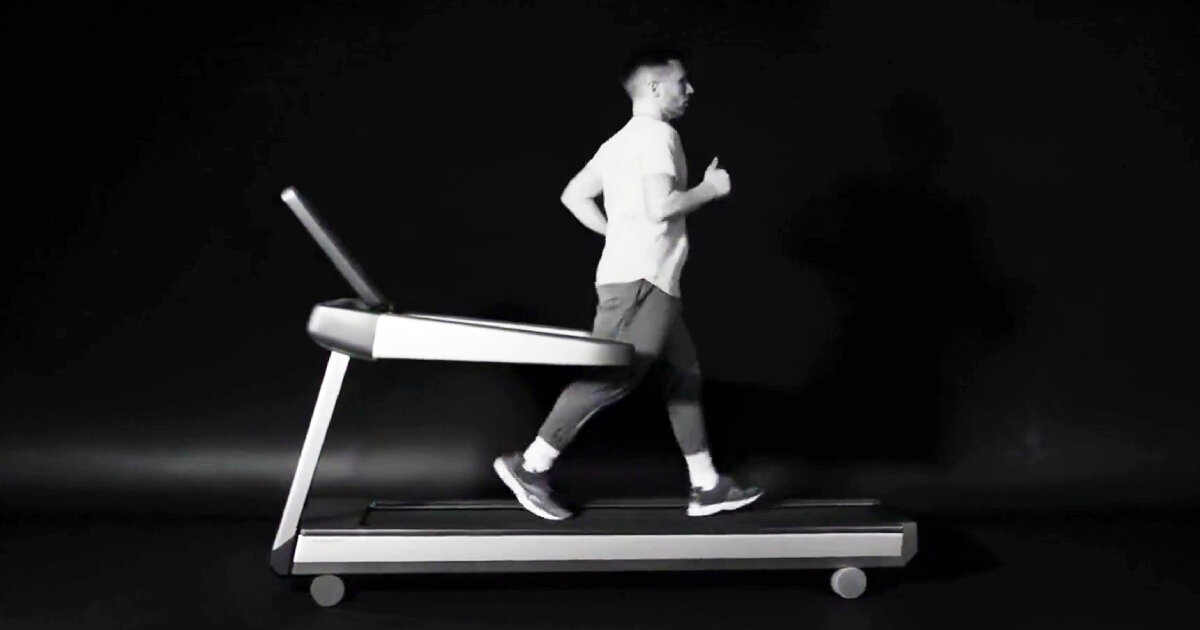OpenAI Unveils Sora: Text-to-Video AI Model
Core Concepts
OpenAI introduces Sora, a text-to-video AI model capable of creating lifelike videos from text prompts, aiming to revolutionize video generation.
Abstract
OpenAI's latest innovation, Sora, is a text-to-video AI model that generates realistic videos based on detailed text prompts. The model can understand complex instructions and transform static images into moving videos. Despite its impressive capabilities, Sora still faces challenges in understanding scene physics and occasionally produces unexpected effects like additional objects or incorrect movements. OpenAI has provided access to select creators for feedback on improving the model's functionality.
watch openAI’s sora make lifelike videos just from text and descriptions
Stats
OpenAI debuts its new video generation model Sora.
The text-to-video AI model can generate videos up to a minute long.
Sora uses a transformer architecture similar to GPT models.
OpenAI acknowledges that Sora struggles with understanding scene physics and cause-effect relationships.
The model may introduce additional objects not mentioned in the text prompts.
Quotes
"Maintaining visual quality and adherence to the user’s prompt."
"Sora is a diffusion model, which generates a video by starting off with one that looks like static noise."
Key Insights Distilled From
by Matthew Burg... at www.designboom.com 02-16-2024
https://www.designboom.com/technology/openai-sora-text-to-video-model-ai-02-16-2024/
Deeper Inquiries
How might the limitations of understanding scene physics impact the practical applications of Sora?
The limitations in understanding scene physics can significantly impact the practical applications of Sora in various ways. For instance, if Sora struggles to grasp cause and effect relationships within a scene, it may lead to inaccuracies or inconsistencies in the generated videos. This could result in unrealistic or nonsensical visual outcomes that do not align with the user's intended prompt. In scenarios where precise physical interactions are crucial, such as depicting realistic movements or reactions, Sora's shortcomings in comprehending scene physics may hinder its ability to produce high-quality and believable video content. As a result, users relying on Sora for tasks requiring accurate depictions of physical phenomena may face challenges and limitations due to these inherent weaknesses.
What ethical considerations should be taken into account when using generative models like Sora?
When utilizing generative models like Sora, several ethical considerations must be carefully addressed to ensure responsible and ethical use of AI technology. One key consideration is the potential misuse of AI-generated content for deceptive purposes, such as creating deepfakes or spreading misinformation through manipulated videos. Users must uphold principles of transparency and integrity when generating content with tools like Sora to prevent unethical practices that could harm individuals or deceive audiences.
Moreover, issues related to intellectual property rights and copyright infringement may arise when using generative models like Sora to create video content based on existing works or copyrighted materials. It is essential for users to respect intellectual property laws and obtain proper permissions before generating videos that incorporate protected elements from third-party sources.
Additionally, concerns regarding bias and representation should be taken into account when training AI models like Sora on diverse datasets. Ensuring fair representation across different demographics and avoiding perpetuating stereotypes or discriminatory narratives in generated content is crucial for promoting inclusivity and diversity within creative industries.
Overall, maintaining ethical standards throughout the development and deployment of generative models like Sora is essential to foster trust among users, protect individual rights, and promote responsible innovation in AI technology.
How could advancements in text-to-video technology influence storytelling in various creative industries?
Advancements in text-to-video technology have the potential to revolutionize storytelling across various creative industries by offering new avenues for creativity, efficiency, and immersive experiences. With tools like OpenAI's Sora enabling users to generate lifelike videos from textual descriptions quickly and easily, storytellers can streamline their production processes while exploring innovative narrative possibilities.
In film production, text-to-video technology can empower filmmakers with enhanced pre-visualization capabilities by translating script descriptions directly into visual representations before actual filming begins. This allows directors and cinematographers to visualize scenes more effectively during pre-production stages while experimenting with different shot compositions without extensive resources or time investments.
Furthermore, text-to-video advancements can democratize storytelling by providing aspiring creators with accessible tools for bringing their ideas to life visually. By simplifying the video creation process through automated generation based on textual prompts, individuals without specialized technical skills can engage in multimedia storytelling across platforms such as social media channels or online streaming services.
Moreover,
the integration
of text-to-video
technology
can enhance interactive storytelling experiences through personalized narratives tailored
to individual preferences.
By leveraging AI-driven
video generation,
creative professionals
can deliver dynamic
and engaging stories
that adapt based on viewer interactions,
creating immersive
and customized viewing experiences.
Overall,
advancements
in text-to-video
technology hold great promise
for transforming traditional modes
of storytelling across diverse creative sectors,
enabling practitioners
to explore new forms
of expression,
engage audiences more effectively,
and push boundaries
in narrative innovation
0
